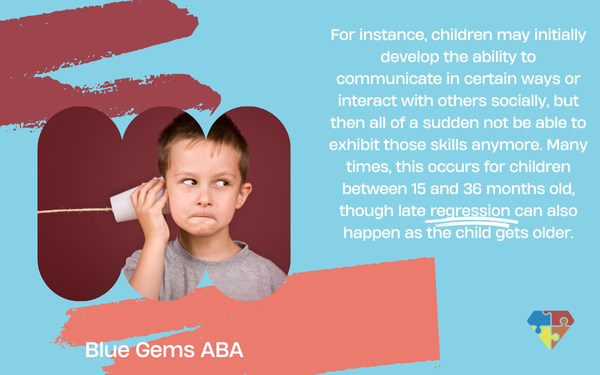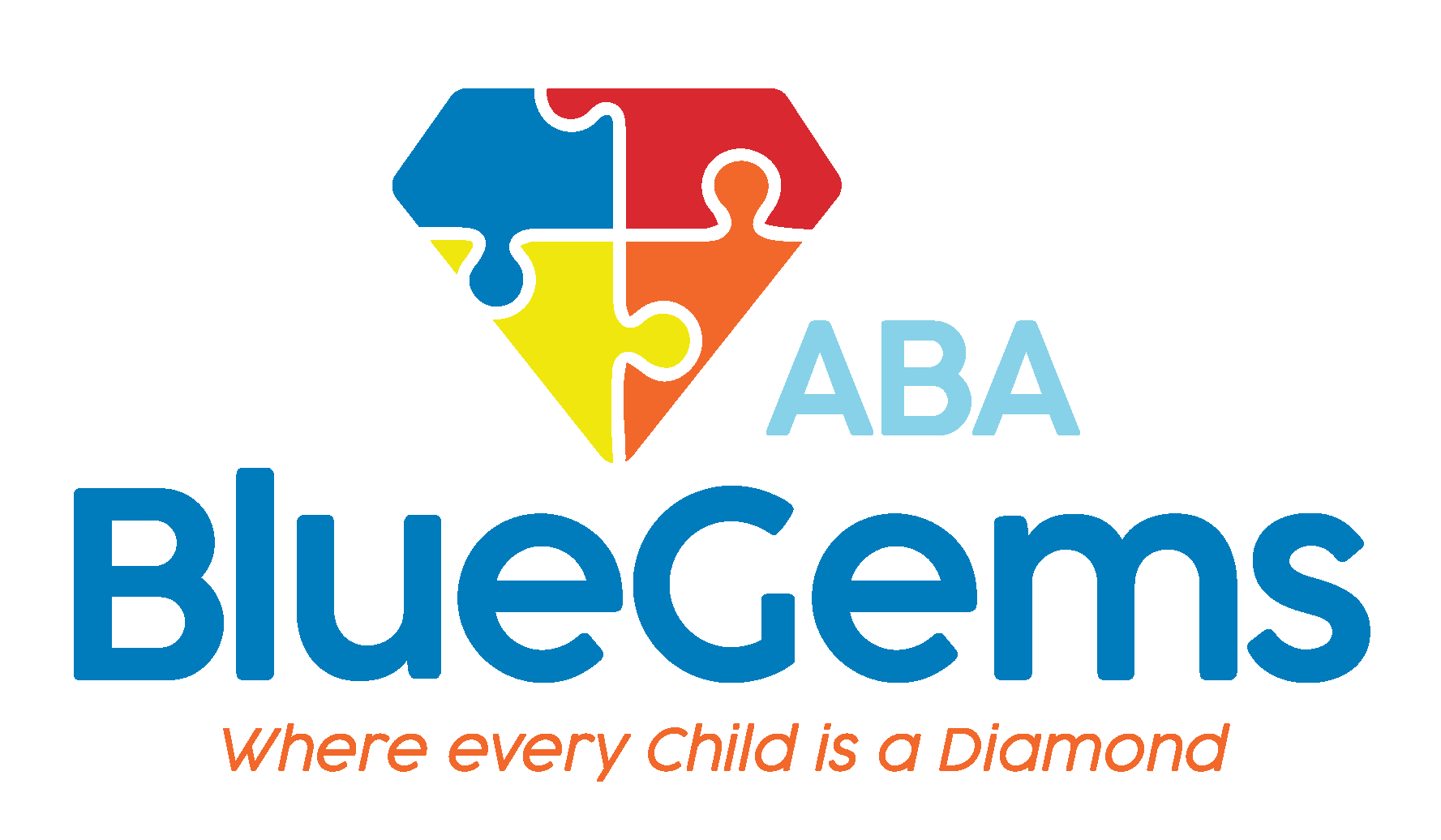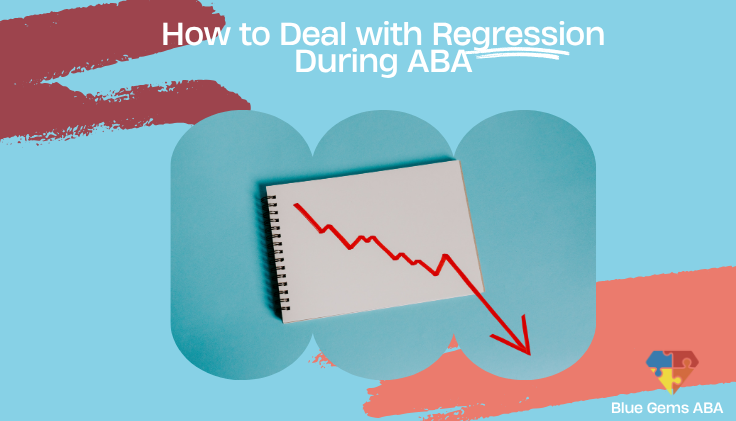How to Deal with Regression During ABA
Applied behavior analysis, or ABA therapy, is highly regarded as the leading treatment for children with autism spectrum disorder (ASD). Through repetition, positive reinforcement and other strategies, therapists can help children build social, communication and daily life skills, while also learning how to modify negative behaviors.
Many children can show significant progress through ABA therapy over time. Positive reinforcement of skills is key, which is why ABA therapy is intensive and is most successful when family members, caregivers and others are integrated into the process.
At times, children may experience regression during ABA therapy, though. If this happens, what is done to help support them?
In this article, we’ll look at what regression in ABA therapy is as well as how therapists work to support patients who experience this regression.
Table Of Contents
What is Regression During ABA Therapy?
Regression can refer to various things in ABA therapy. Generally, it means that a child has lost skills that they acquired previously.
For instance, children may initially develop the ability to communicate in certain ways or interact with others socially, but then all of a sudden not be able to exhibit those skills anymore. Many times, this occurs for children between 15 and 36 months old, though late regression can also happen as the child gets older.

Regression is much more common for children with autism than it is for their neurotypical peers, and it can hinder their overall development. As such, any regression is a serious thing that must be identified and addressed.
| Topic | Description |
|---|---|
| Definition of Regression | Loss of previously acquired skills. Common in children aged 15–36 months, but can occur later. |
| Causes | Can vary, but often more common in children with ASD. Requires prompt attention. |
| Evaluation Process | Full reassessment may be needed to re-establish the child’s baseline. |
| Role of Data | Continuous data collection and analysis help identify and address regression. |
| Treatment Adjustments | Therapy plans are adapted based on data to support the child’s current needs. |
| Collaboration | Strong communication between therapists and families is essential. |
What Happens When Regression Happens?
If regression is identified during ABA therapy, it can present some unique challenges to the child’s therapy. Depending on how significant the regression is — and what the actual regression is — the child may need to be fully re-assessed by the ABA therapy team.
The evaluation process might be necessary to re-establish a baseline for the child, so that the ABA therapy can accurately reflect where the child is at that particular time. If the therapy were to remain the same in these cases, it likely would not support the child very well.
While regression is certainly not a good sign, ABA therapy can still prove to show meaningful gains over time again. Children who experience setbacks in certain skills can not only regain those skills through targeted ABA therapy but also leap forward and make further progress.
| Step | Action | Purpose |
|---|---|---|
| 1 | Identify Regression | Notice loss in previously acquired skills. |
| 2 | Analyze Data | Use session data to confirm regression and patterns. |
| 3 | Reassess Child | Evaluate current skill level to re-establish a baseline. |
| 4 | Adjust Treatment | Modify therapy goals to align with child’s current status. |
| 5 | Increase Collaboration | Engage caregivers and families for ongoing updates. |
| 6 | Monitor Progress | Continue tracking to ensure gains are being made. |
How Does ABA Therapy Manage Regression?
A core aspect of ABA therapy is the continuous collection and analysis of data. During sessions, therapists are always collecting data points, which will then be analyzed at a later time to evaluate the progress that the child is making toward goals.
Based on this data, ABA therapy teams will make targeted changes to the treatment plan so that it always meets the child where they currently are. This aspect of ABA therapy also means that the child is being constantly monitored, which makes it easier for therapists to identify the signs of regression.
Once those signs are identified, therapists can go back to the data to adjust the treatment plan to address the regression. If the child begins to struggle with social interaction skills, for instance, the treatment plan can be adjusted to focus more on addressing those skills before the goals can be gradually increased.
Regression also speaks to the importance of collaboration in ABA therapy. The therapist should be consistently communicating with patients’ families, caregivers and others, and the reverse should be true as well.
This back-and-forth communicating between the two main support pillars for the child ensures that nothing is missed. The therapist can accurately report what they are observing during sessions, while family members can accurately report what they are seeing in real-world scenarios.
The communication allows everyone to more easily identify potential signs of regression, which then can be addressed by adjusting treatment plans and strategies if necessary.
Blue Gems ABA Helps Children Overcome Regression During ABA Therapy
It’s not uncommon for children on the autism spectrum to experience regression in skills at some point. Identifying regression early is key so that adjustments can be made to address it so that children can be best supported.
At Blue Gems ABA, we are constantly collecting and analyzing data, and communicating with our patients’ families, so that we can more easily identify the potential signs of regression. If we spot that regression has occurred, we will adjust the treatment plan accordingly so we meet the child where they are.
To learn more, please contact us today.




